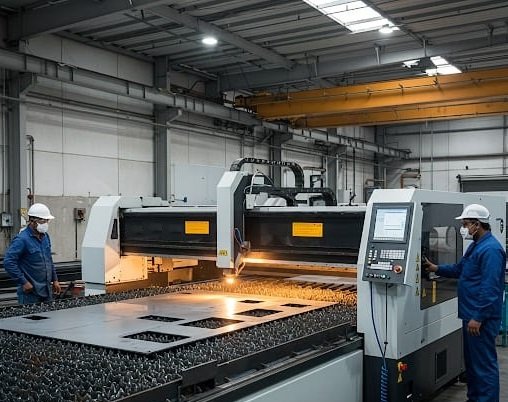Fiber Laser Metal Cutting Machine Worksheet mostly sold specifications
Posted on May 15 2025
by Sayali

Fiber Laser Metal Cutting Machine Worksheet mostly sold specifications
|
|
|
|
|
|
|
|
|
|
|
|
|
|
|
|
|
|
|
|
|
|
|
|
|
|
|
|
|
|
|
|
|
|
|
|
|
|
|
|
|
|
|
|
|
|
|
|
Important Considerations:
Power Selection: The required laser power depends on the type and thickness of the material being cut. Higher power allows for cutting thicker materials and achieving faster cutting speeds. For example, cutting thicker carbon steel will require higher power than cutting thin aluminum.
Working Area: The size of the working area dictates the maximum dimensions of the metal sheets that can be processed. Choose a size that accommodates your typical material sizes. We offer customizable working areas.
Material Compatibility: Fiber lasers are generally excellent for cutting various metals like carbon steel, stainless steel, aluminum, copper, brass, and more. The optimal cutting parameters (power, speed, assist gas) will vary depending on the material.
Control System: Modern fiber laser cutting machines utilize sophisticated CNC control systems (e.g., BodorThinker, HSG Bus Control System, CypCut) that allow for precise control over the cutting process, automation, and integration with design software.
Optional Features: Many machines offer optional features such as automatic loading and unloading systems, dual exchange platforms for continuous operation, and specialized cutting heads for bevel cutting or tube cutting.